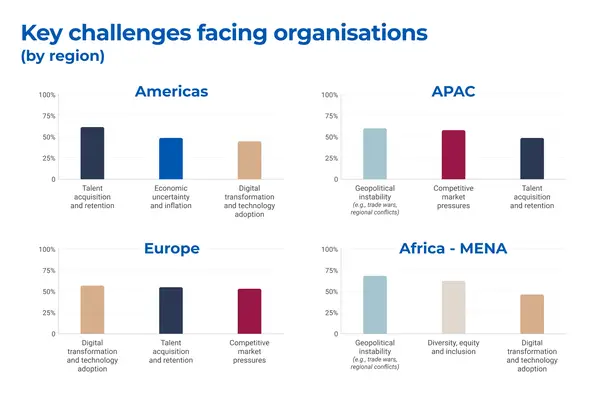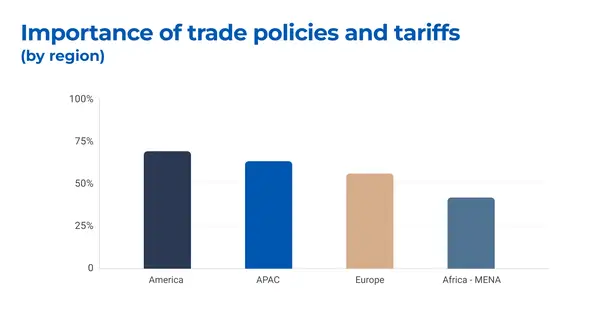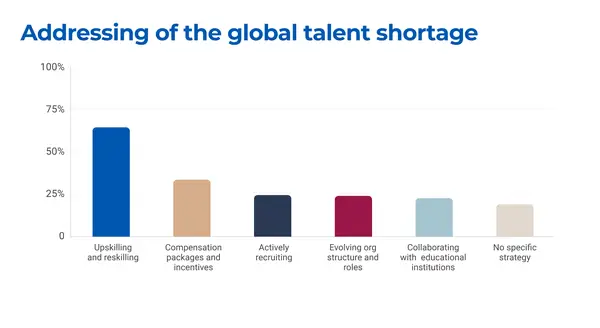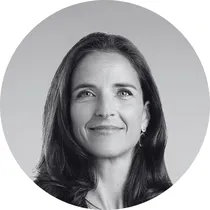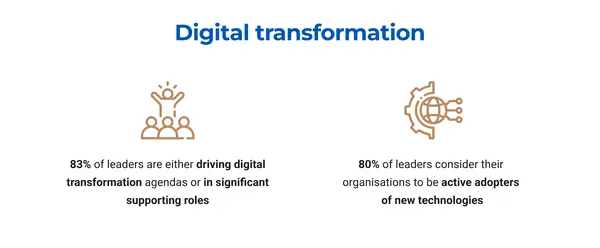2. Inflationary pressures
Within an environment of economic uncertainty and historically high inflation, three quarters of respondents see their organisations addressing this by focusing on cost while maintaining growth initiations – and the response is consistently high across all regions. Strengthening financial risk management and scenario planning come in as the second most favoured response across all regions excepting Africa and the Middle East, where the adjustment of pricing strategies to counter inflation is the second most favoured response.
Interestingly, more than one in 10 executives in the Middle East and Africa do not see a clear strategy for managing economic uncertainty in their organisations, compared with 8% in European organisations. Conversely, in Asia and the Americas, organisations lacking this strategy is evident to less than 4% of respondents.
3. Trends in diversity, equity and inclusion
Overall, one-third of respondents to the survey consider DEI to be a core pillar of leadership strategy for their organisation, increasing to over 40% for responses in the Asia Pacific region.
However, perhaps even more interesting is that globally over 25% of respondents consider that in their organisation, there is either no specific DEI strategy in place or if there is, it is mostly compliance-driven rather than strategic.
More than 20% of responses from the Middle East and Africa indicated that there is no DEI strategy in their organisation, compared to half that rate in European organisations. And in the Americas, almost a quarter of responses suggested that DEI is considered but not a leadership priority.


